
In today’s digital world, it is a necessity to have a responsive website. So much so that in 2024, 48.6 million new websites were created. However, before designing a website, it is important to learn a few basics of web design. This will help you better design your website so that it fulfills your business goals. A well-designed website reflects professionalism and helps in building a positive online reputation. It also helps in enhancing your existing relationships.
Small businesses should have a Website because it acts like your storefront that lets people know about you and your services. It also provides global access to you at a lower cost.
Your website should be easy to navigate so that users can find relevant information easily. Not only this your website should be visually appealing with engaging and relevant content. In this article, we learn why web designing is important, tips for effective web designing, and a few examples of brands that executed successful web designing.
Why is Web Design Important?
Web designing is important for every business, person, or organization, that is aiming to create a positive impact or presence online. It helps in establishing the first impression of your business. It reflects your values, philosophy, and professionalism. An effective web design helps in building the credibility and trust of customers.
It also helps in easy navigation, increasing engagement and conversion rate. It also enhances user experience. Make sure your website is mobile-friendly and fits all screen sizes. A well-designed website also enhances the search engine ranking which helps in increasing online visibility and organic traffic. To enhance SEO, you need to include relevant keywords in your headline, and meta description and use meta tags.
It also helps in maintaining the consistency of your brand. It ensures consistency in brand content, visual identity, and messaging. It also helps in distinguishing your brand from the competitors and helps in establishing you as a thought leader. A well-designed website can provide a content management system (CMS), so that you can update your content more quickly and sufficiently. It also helps in making easy changes or additions to your content. You can add or remove content. It also highlights your Unique Selling Proposition (USP). A well-designed website is accessible to everyone including people with disabilities. It follows Web Content Accessibility Guidelines (WCAG). It helps in catering to different audiences by providing multiple language options. In addition to this, it provides important insight and data to you, by using this data you can enhance your services and functionality. Lastly, remember to follow all the industry regulations and secure your website with SSL encryption so that your user data is secure and safe.
Tips for Web design

You can enhance your website by following these tips
- Focus on User Experience: Your top priority should be to enhance the user experience of your website. An intuitive and simple navigation helps in a smooth user experience. It engages your users and makes them spend more time on your website. Use actionable CTA so that there is no confusion regarding the next step of the user. Maintain a consistent design and tone. Don’t clutter your website, keep its design clean.
- Mobile-Friendly: According to a study, mobile devices constitute 58.67% of global website traffic. To turn this situation into an opportunity, make sure your website is accessible to all devices and screen sizes. A mobile-friendly website ensures that your website and all its elements like images, etc function well on all devices, improving user experience. Also, Google prioritizes responsive websites, hence it helps in improving your search engine ranking.
- SEO: To increase organic traffic you must optimize your website for SEO. Include relevant keywords in your content including headlines, alt text for images, meta description, etc. Optimize your website speed, use clean URLs and XML maps to make your website more optimized. Update your content frequently and include quality backlinks in your content.
- Branding: Your website should reflect your brand values and philosophy. Consistent branding also helps in the easy recognition of your brand. Incorporate your brand logo and tagline into your design. Consistent branding and messaging across various marketing channels help in highlighting your content. Use images and colors that align with your brand identity.
- Content: Create content that is engaging and relevant to users. The content should provide a solution to their problems or issues. It should resonate with them and help in building a relationship with them. Use a mix of text, images, videos, etc to make your content more attractive and dynamic. Frequently update your content or repurpose your old best-performing content,
- CTA: CTAs motivate users to perform a desired action such as signing up for a newsletter, contacting you for more information, etc. Use action-oriented language that creates a sense of urgency. Make sure your CTS is visible and in contrast to the background. The placement of the CTA is very important for its best results.
- Social Proof: Customer reviews, case studies, etc are considered social proof. It helps in influencing the purchasing decision of the customer. Highlight your positive reviews. Integrate social media feeds to encourage customers to follow and engage with your brand.
- Storytelling: Stories help in connecting. It forms an unspoken bond. Enduring your storytelling resonates with the users. Websites benefit by integrating brand storytelling and narrative techniques.
- Visuals: Use high-quality images that align with your brand identity. Visuals help in building a better understanding of your brand and its services. It also grabs the attention of your target audience.
A/B Testing: Conduct an A/B test to study which variation works better for you. You can test different headlines, visuals, etc. But make sure you test one element at a time.
Mistakes to Avoid
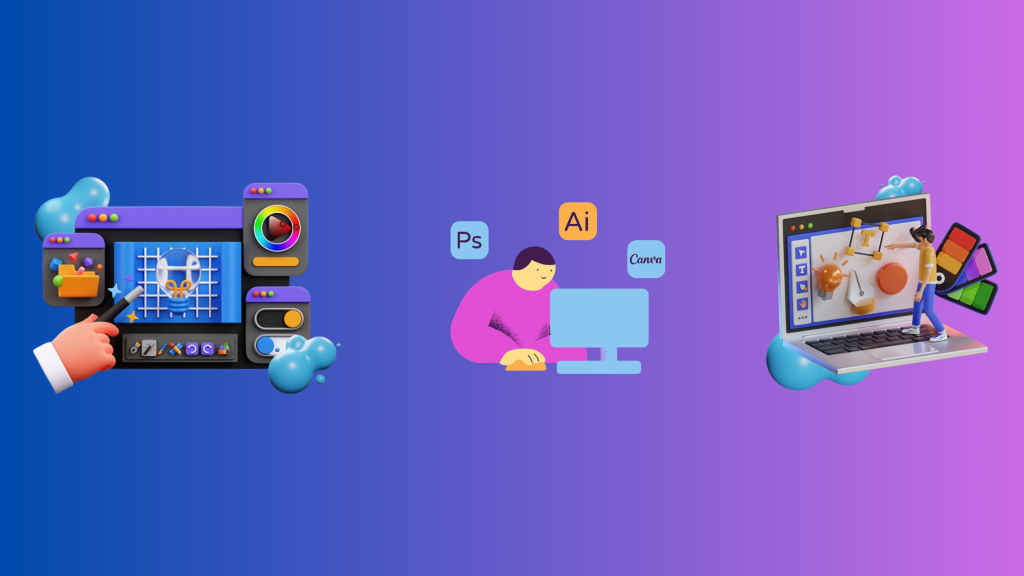
Now that you have learned how to create an effective web design, remember to avoid these all creating a web design.
- Poor Navigation: Unclear CTA, too many options and a menu often confuse the user making them abandon your website.
- Slow Load Speed: Too many large files or HTTP requests increase your load time. Make sure you optimize your website for speed.
- Unresponsive Design: Never underestimate the power of mobile users. An unfriendly user experience can make you lose a customer for a lifetime.
- Layout: Avoid using too much content in your website. Don’t minimize the effect of white space by recusing it. Also, an unclear hierarchy of information can bore the users making them leave your website.
- Readability: Don’t use small fonts that make it difficult to read text. Also, use sufficient contrast to maintain readability and avoid using all written text in your content. Include engaging images and videos on your website.
- Accessibility: Accessibility issues arise when you don’t comply with accessibility guidelines, or provide alt text for images. When you don’t optimize your content for screen readers.
- Animations: Animations make your content look interactive and attractive but access to it can irritate your users specifically if it’s too long or doesn’t provide value to them,
- Design: Avoid using outdated design and keep up with the latest trends and technologies. Not testing for compatibility on modern browsers is a very big mistake that you should avoid.
- Feedback: Not providing or allowing feedback that helps in starting a conversation with the users. Not providing an error page is another mistake that you should avoid.
- Color Choice: Avoid choosing irrelevant colors that don’t align with your brand. Also, avoid colors that are too bright and do not provide contrast.
Creating a website for a small business is a very complex task where you ensure your content is optimized, design is user-centric, and effective SEO practices are followed. By optimizing your website for mobile devices, prioritizing user experience, and incorporating social proof, you can create a well-performing website. That can increase your conversion and engagement rate. It is important to design an effective Website as it helps create a first impression of your brand and fulfill long-term business goals. Lumia 360 helps in capturing relevant users for your website. We design responsive websites that incorporate high-quality content and are optimized for search engines. To know more about our services email us at info@lumia360.com or call us at 514-668-5599.
Read Also: How to Conduct a Digital Marketing Audit
Read Also: The Importance of Influencer Marketing in Social Media





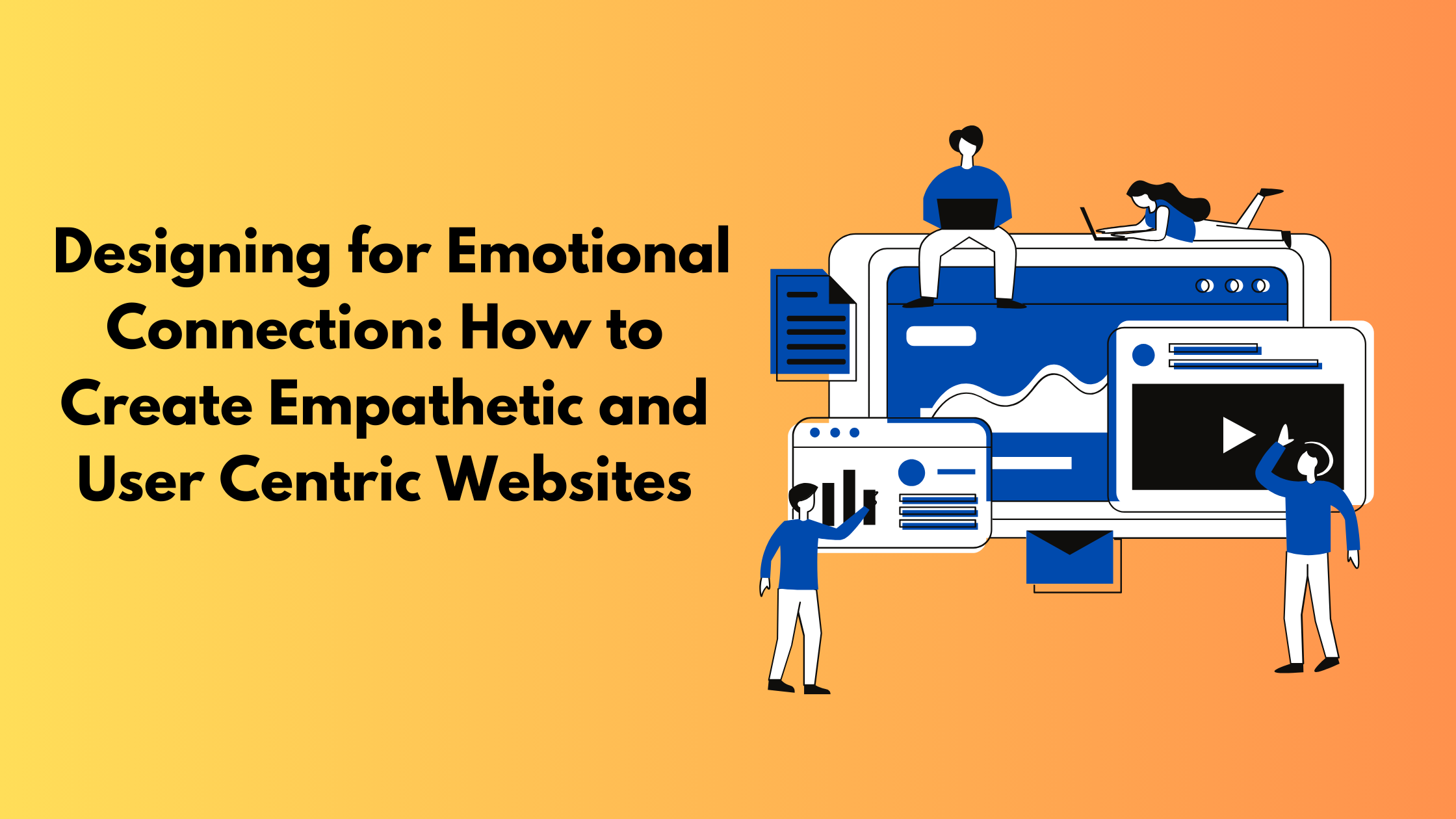

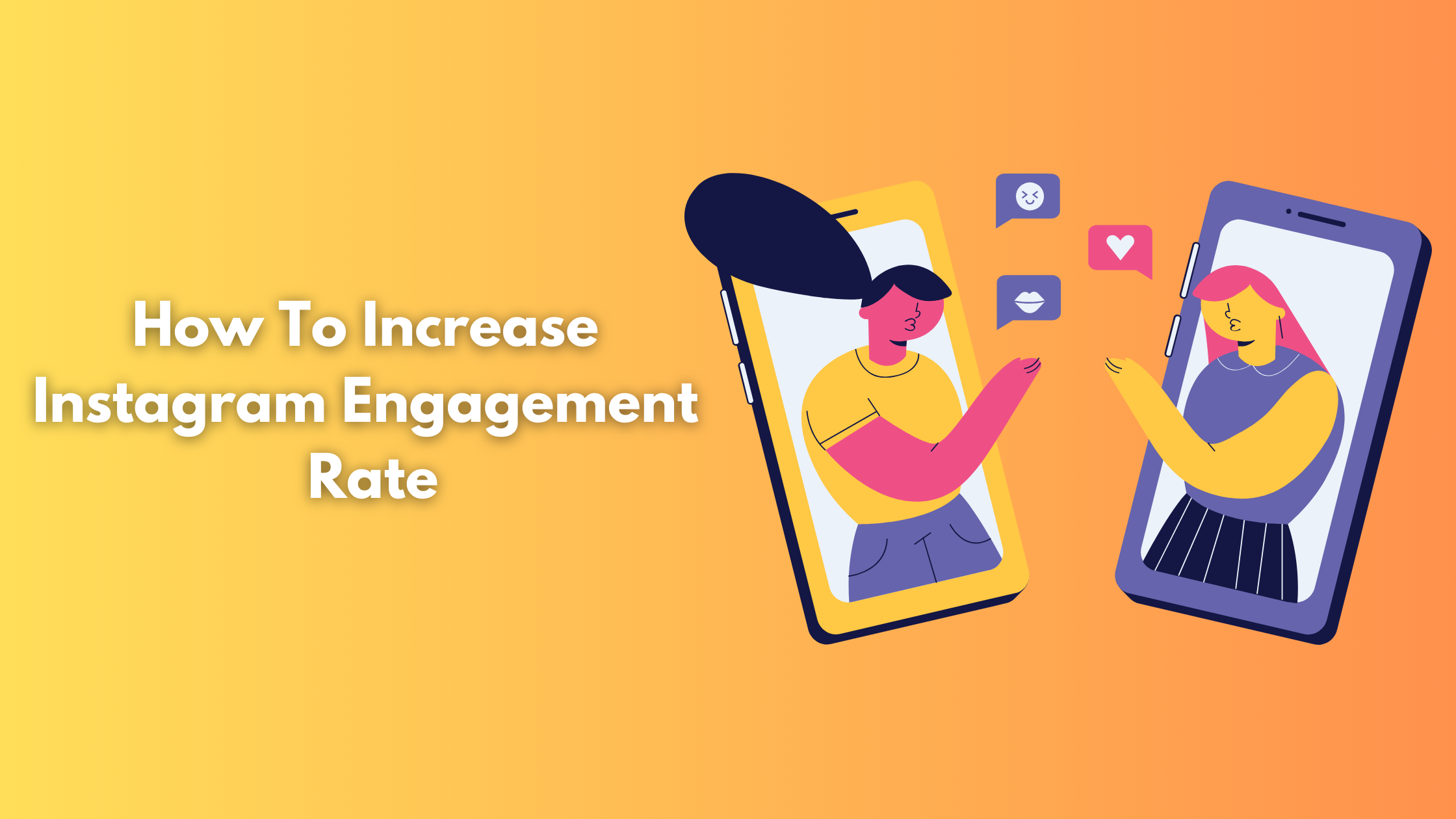





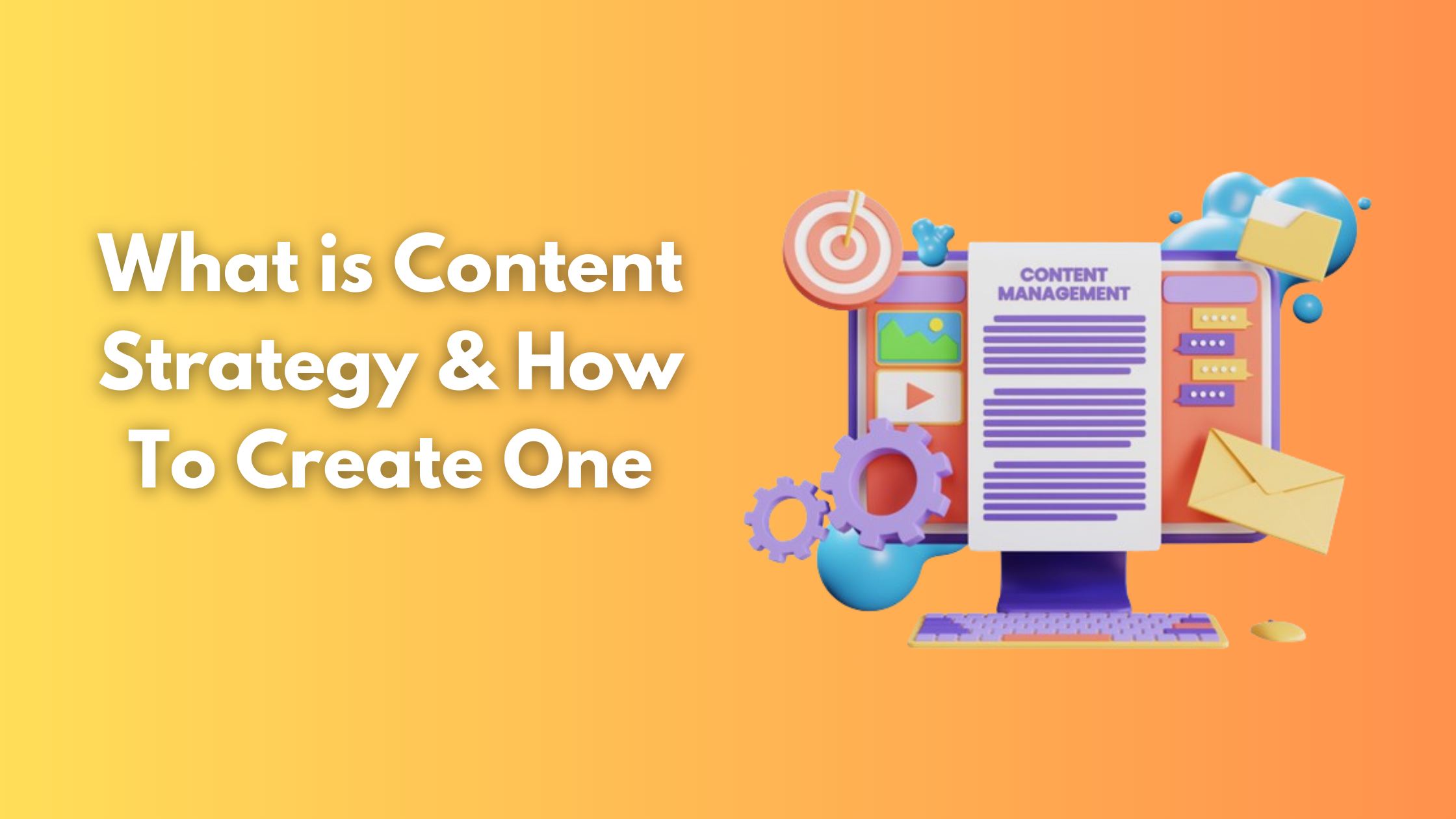

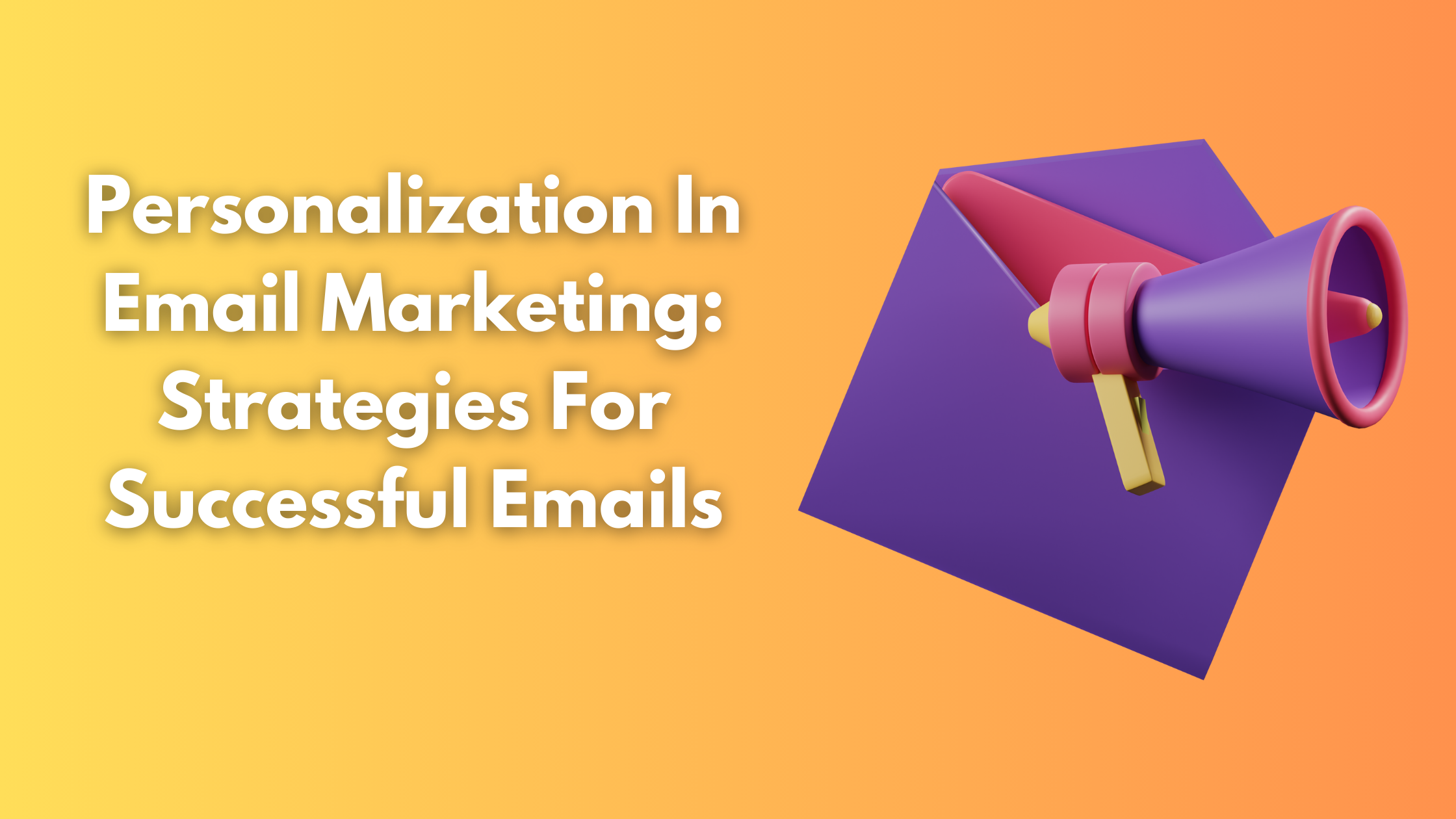


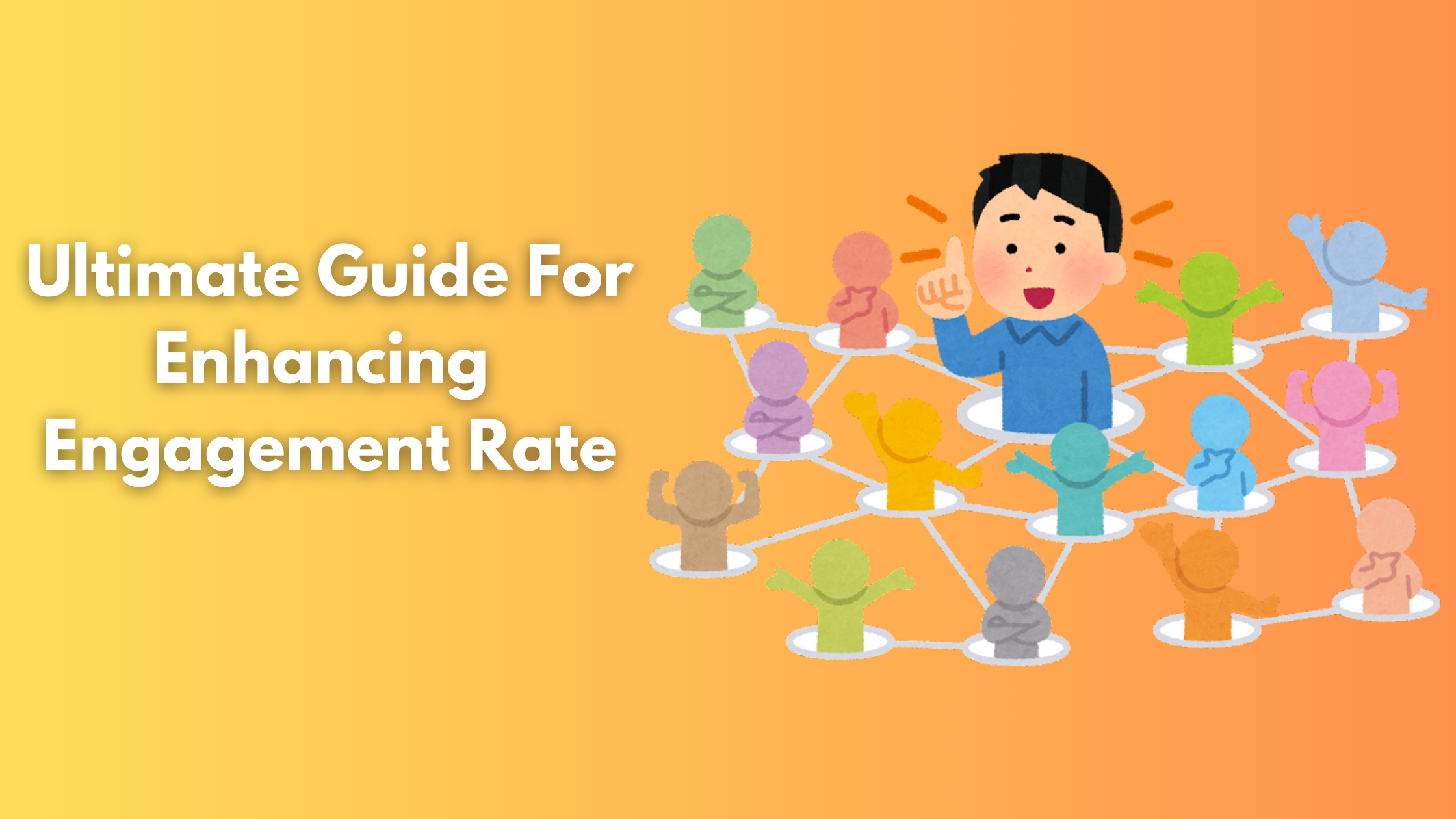
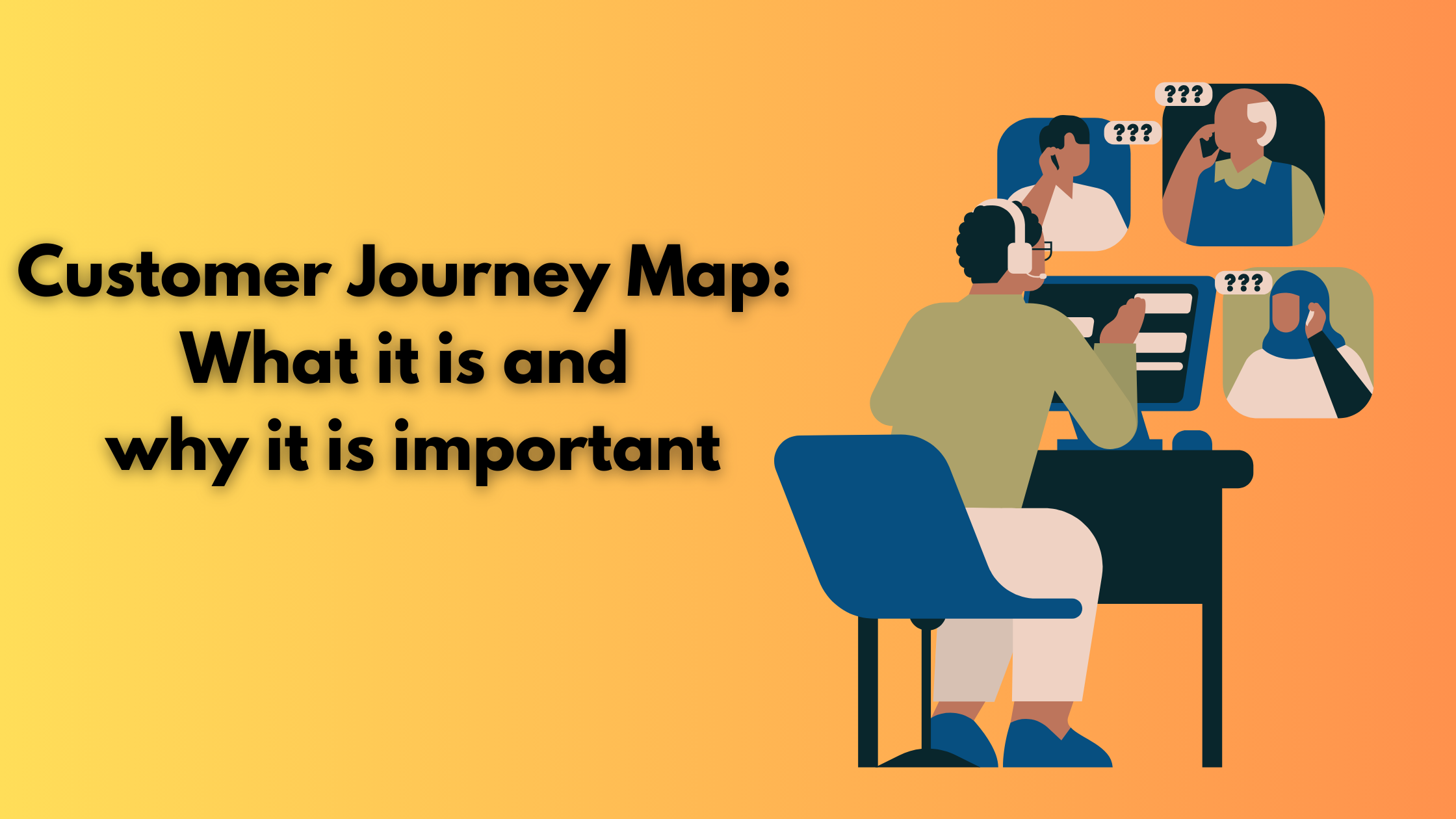


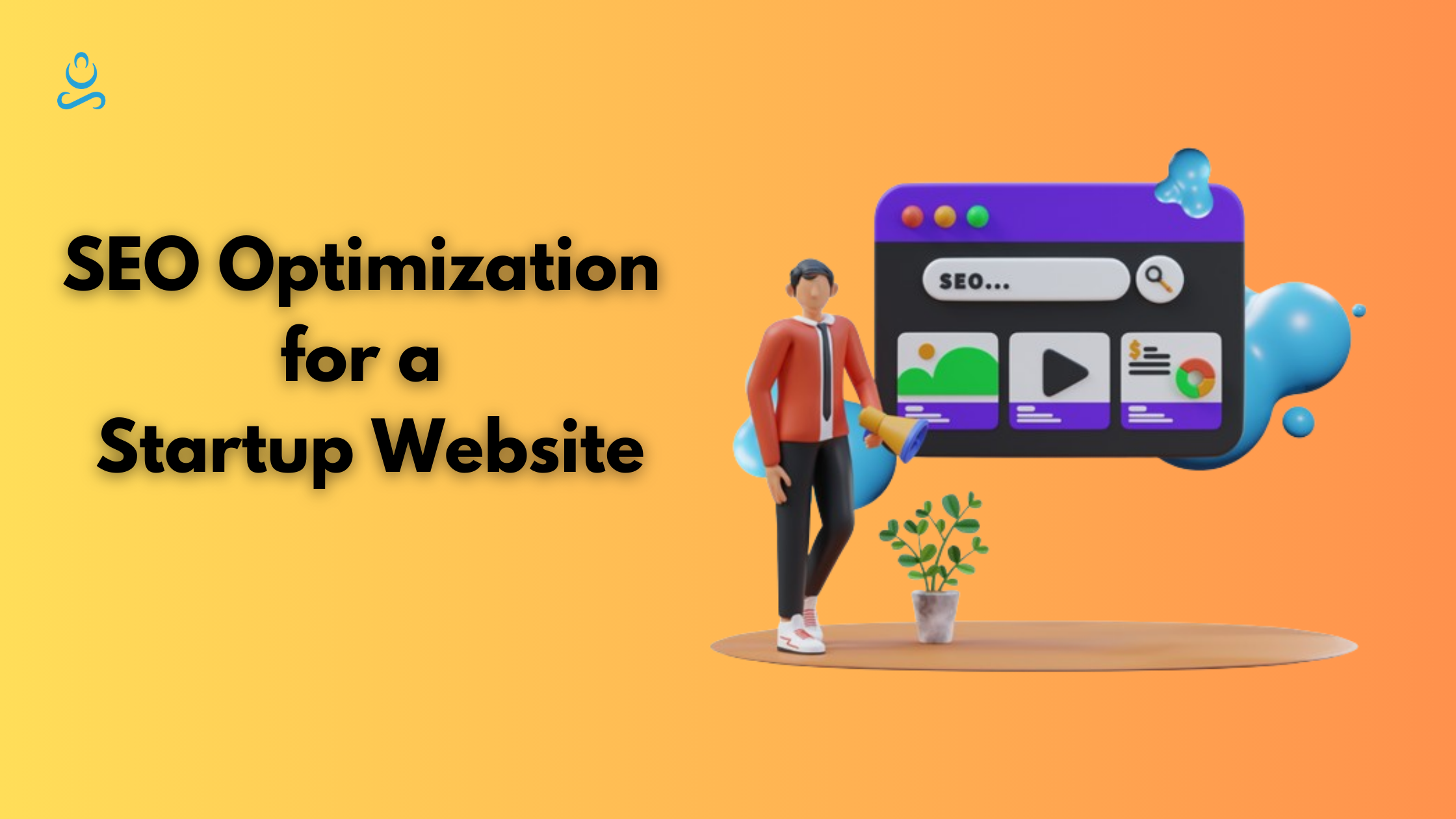








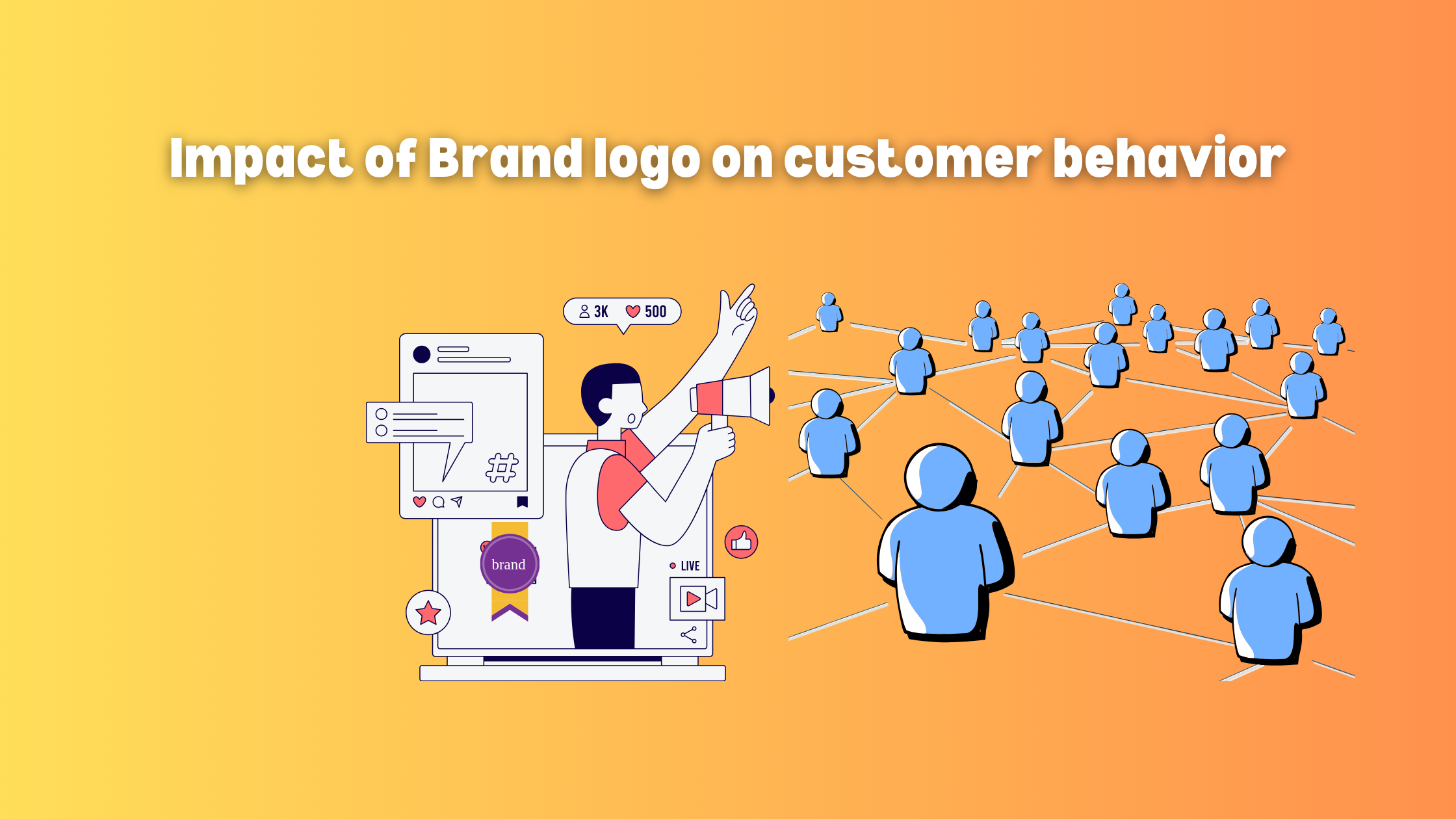


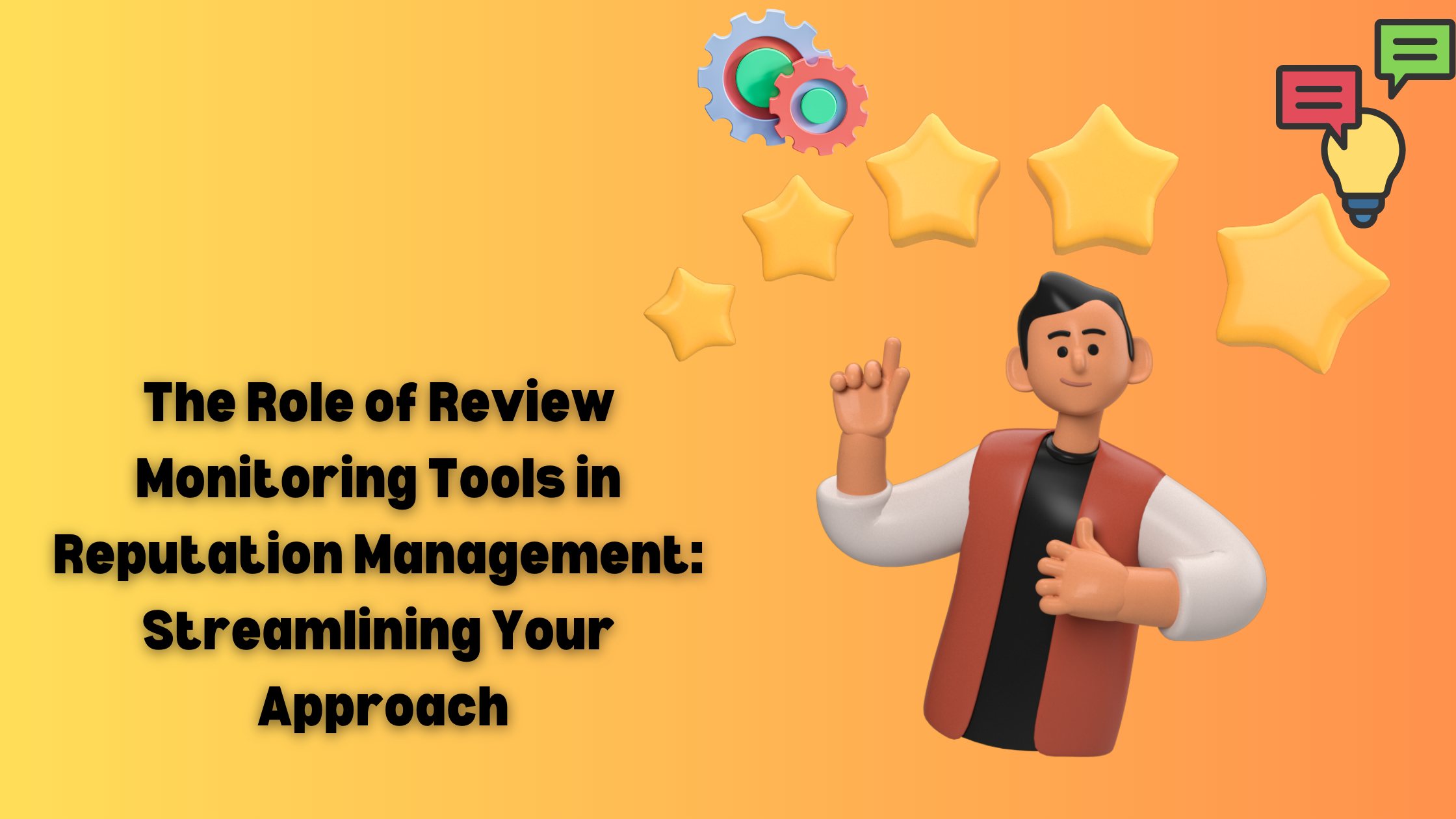
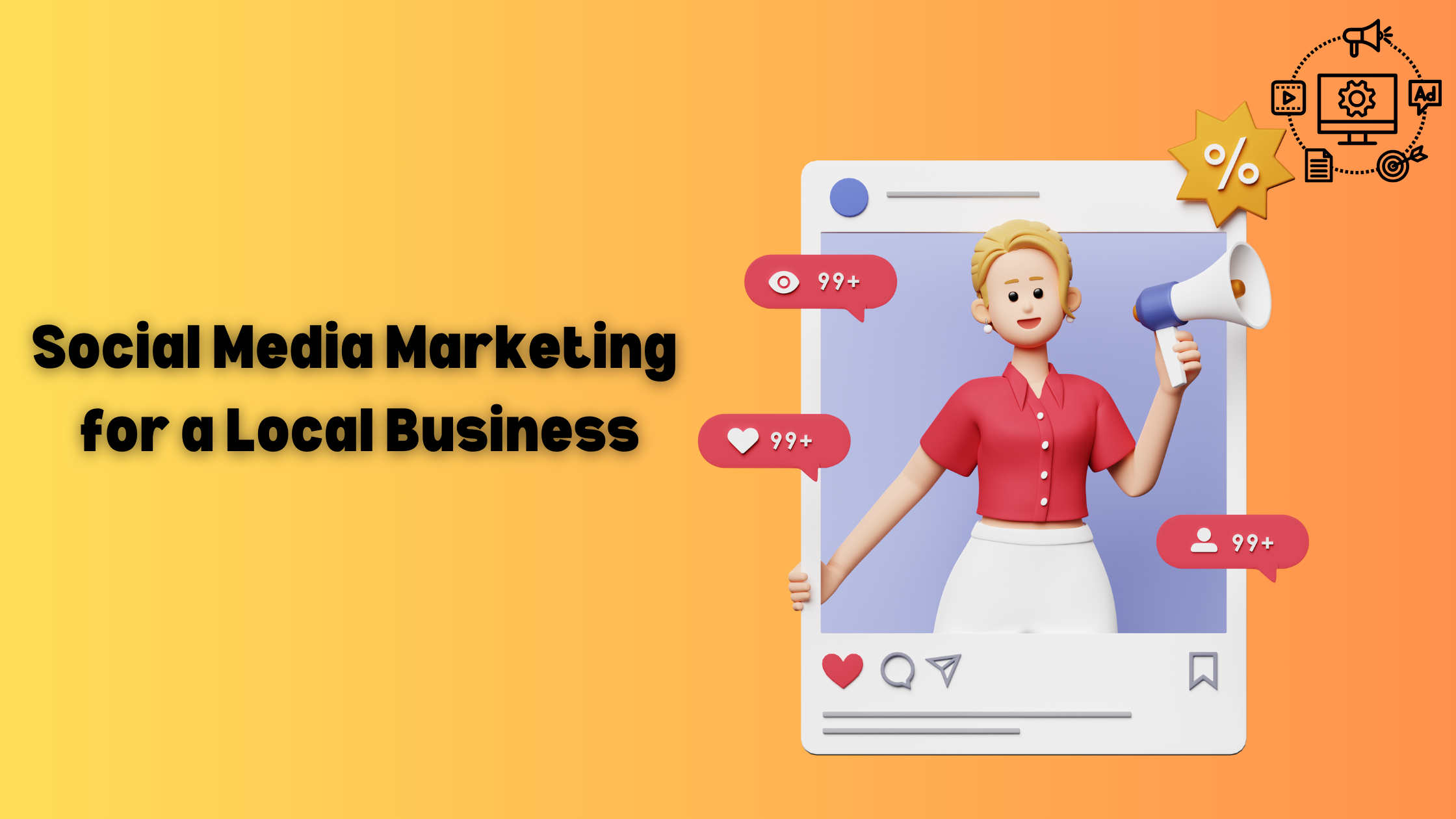







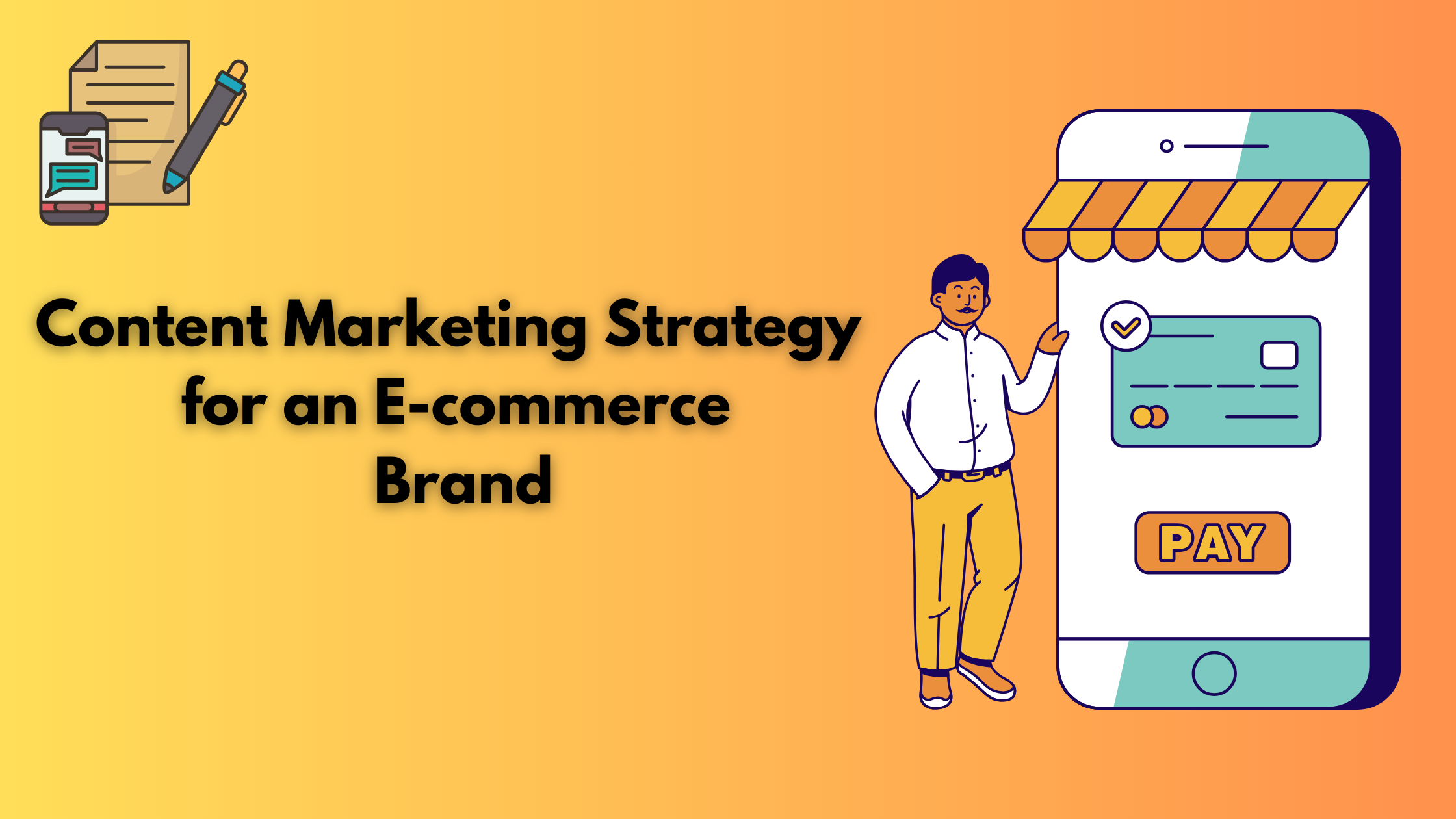







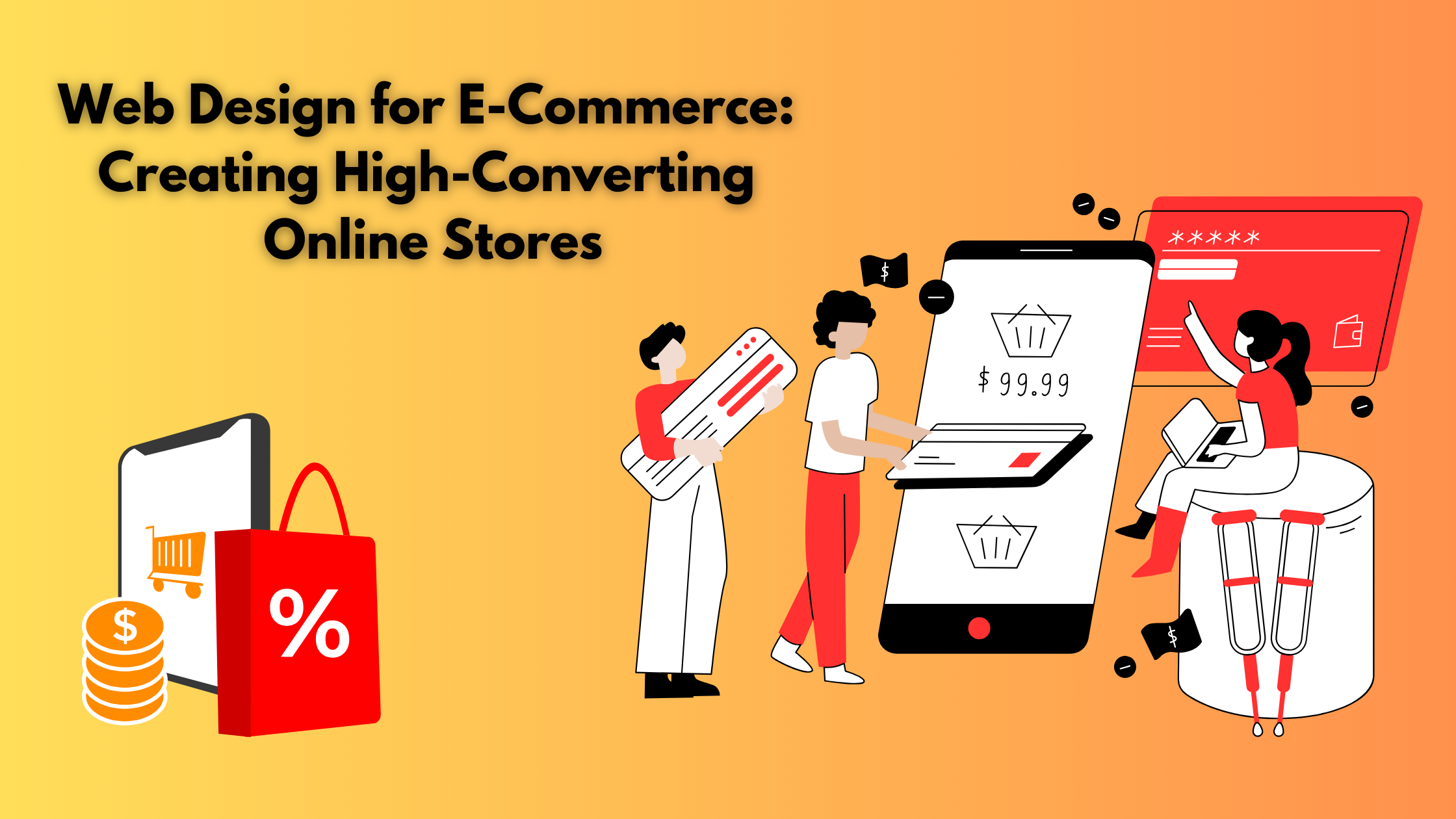


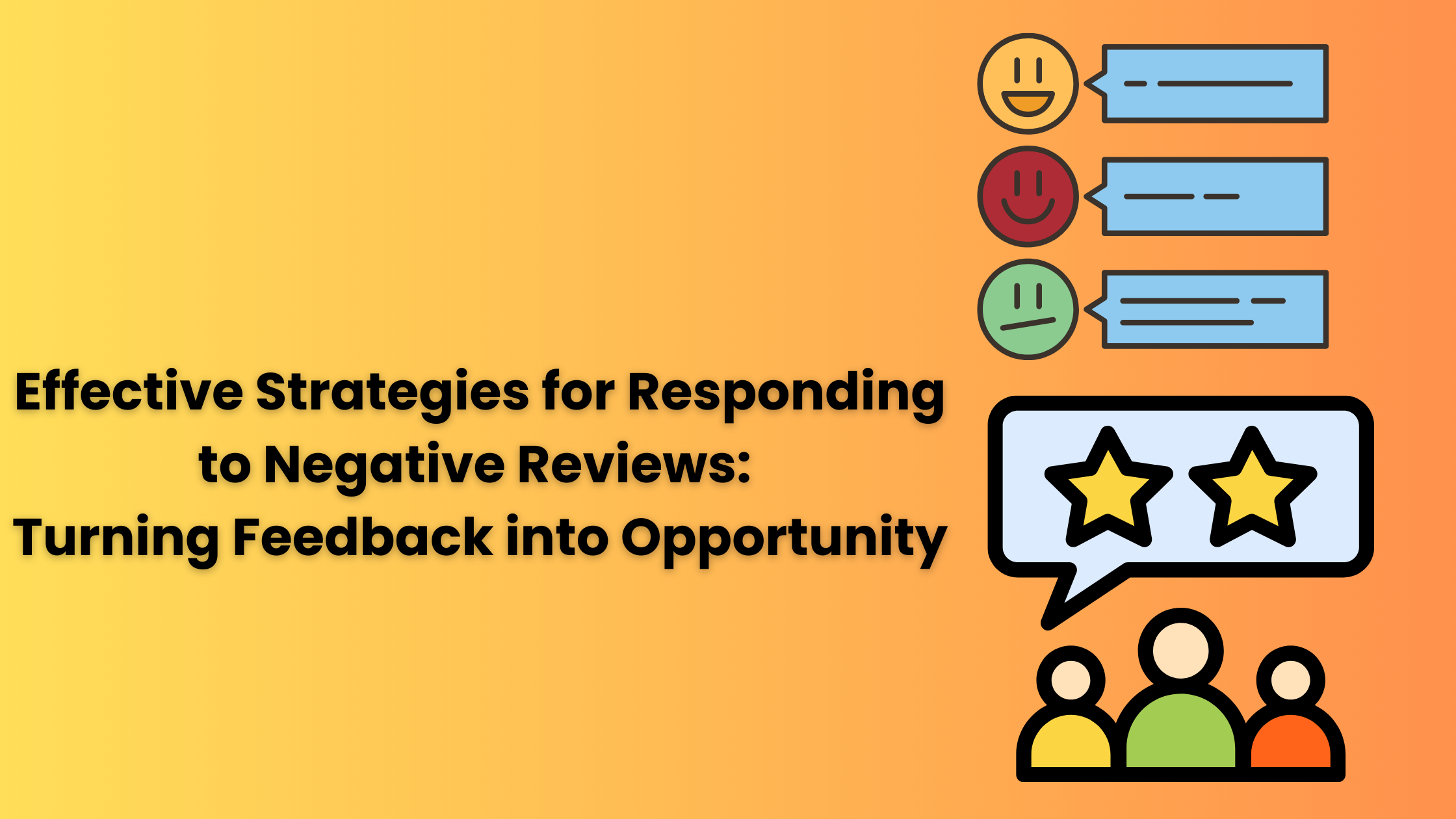
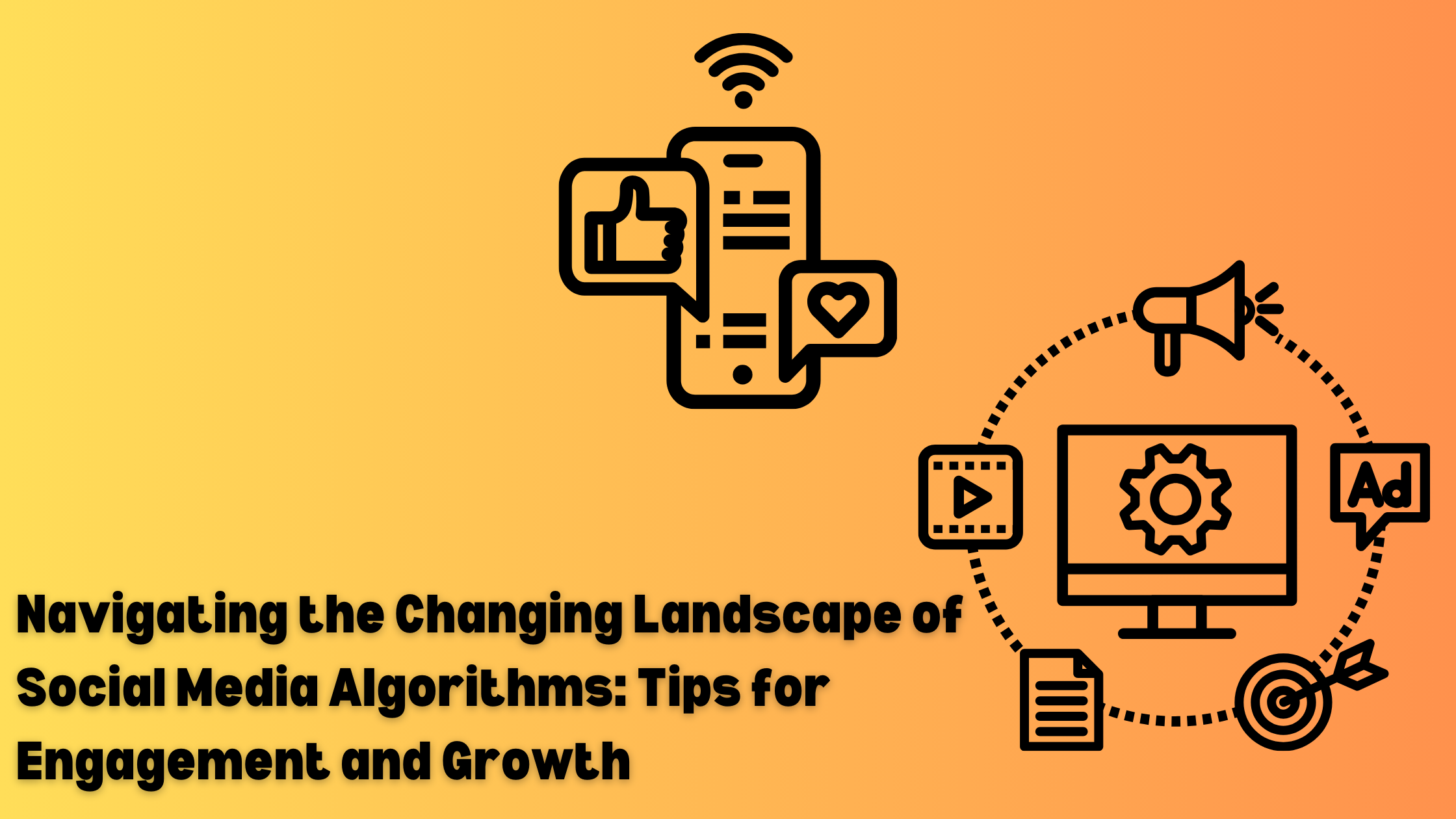


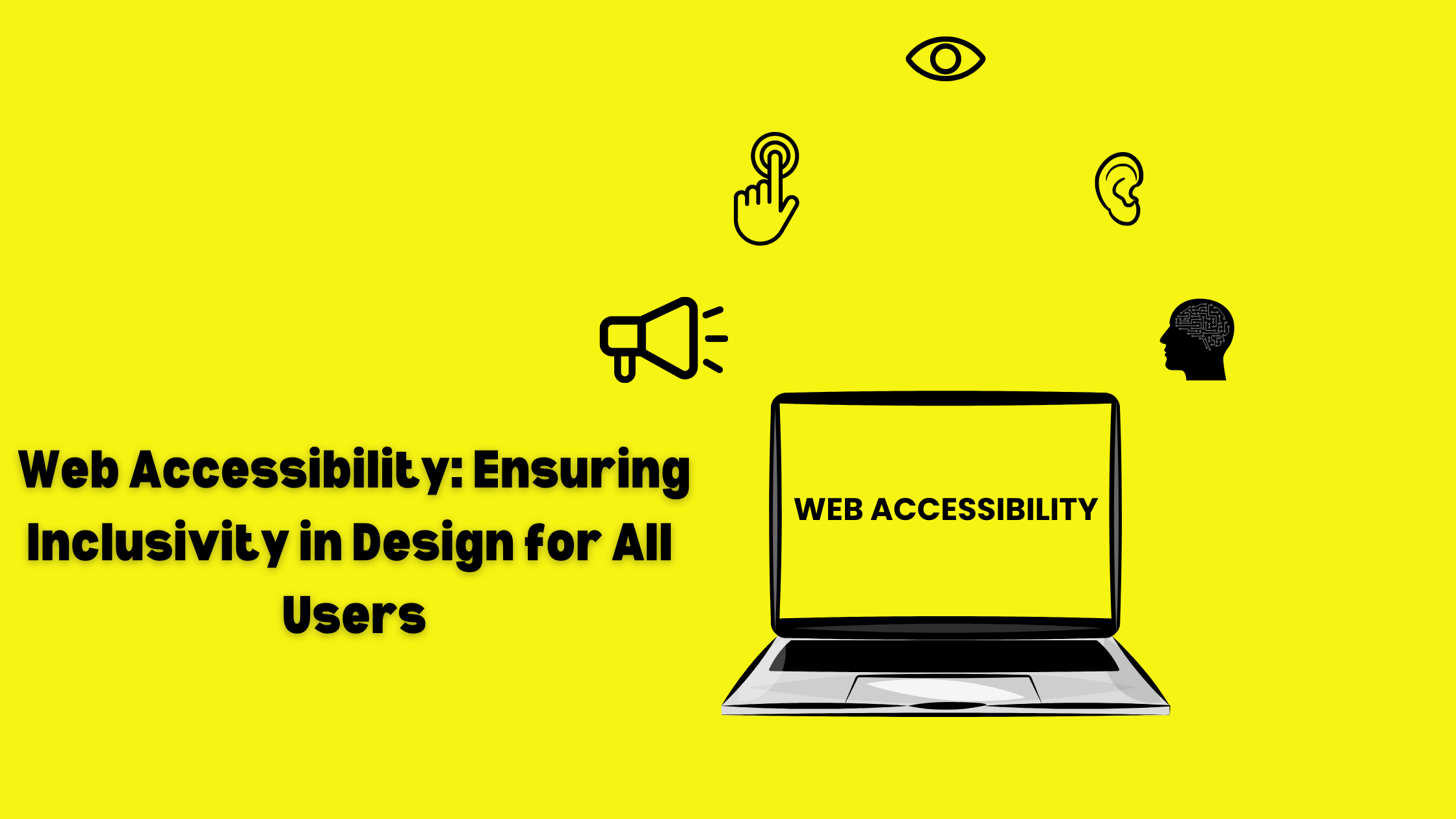

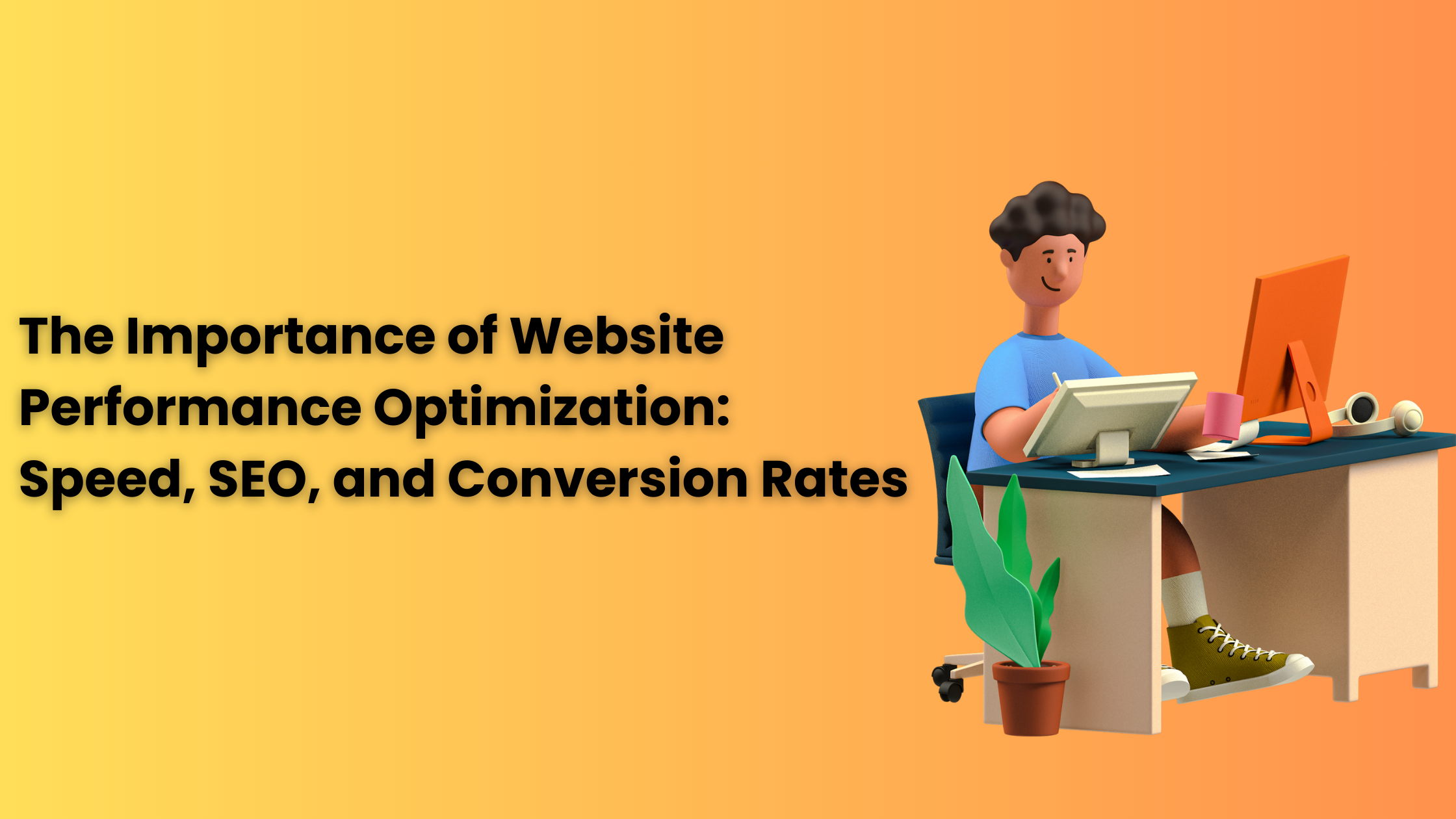










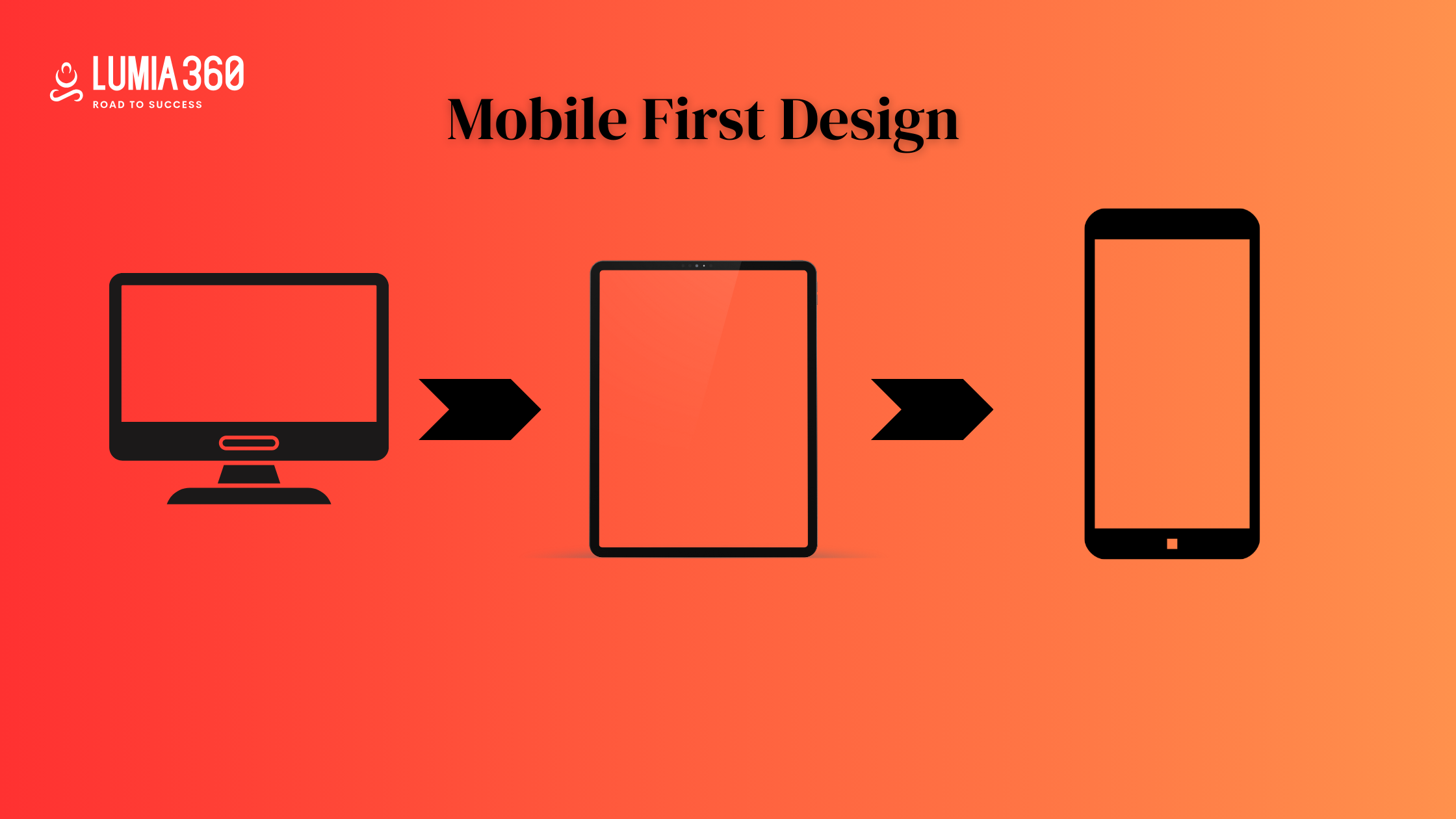











1 Comment
[…] to ensure usability and accessibility. Lumia 360 helps you create attractive and user-friendly web design that can enhance your engagement and conversion […]